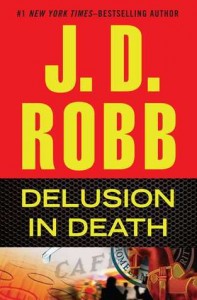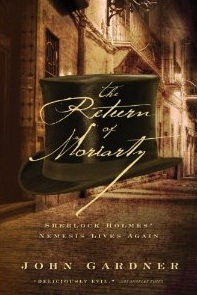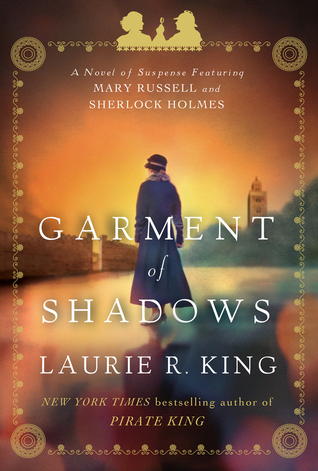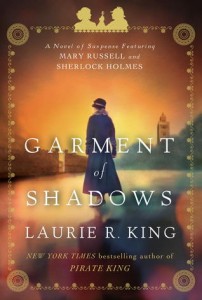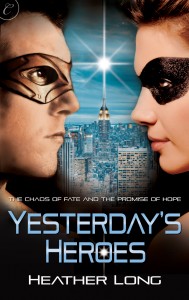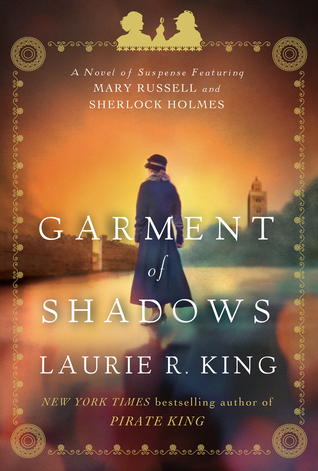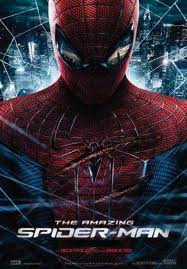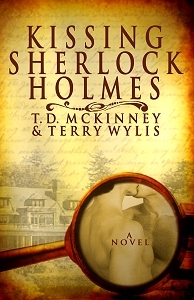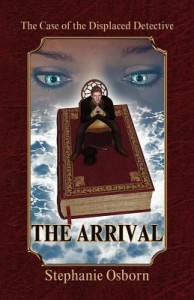 Format read: ebook provided by the publisher
Format read: ebook provided by the publisherFormats available: ebook, paperback
Genre: Science fiction; mystery
Series: The Displaced Detective, #1
Length: 332 pages
Publisher: Twilight Times Books
Date Released: November 5, 2011
Purchasing Info: Author’s Website, Publisher’s Website, Goodreads, Amazon, Barnes & Noble, Kobo, Book Depository
Displaced Detective is a science fiction mystery in which brilliant hyperspatial physicist, Dr. Skye Chadwick, discovers there are alternate realities, often populated by those we consider only literary characters. Her pet research, Project: Tesseract, hidden deep under Schriever AFB, finds Continuum 114, where Sherlock Holmes was to have died along with Moriarty at the Reichenbach Falls. Knee-jerking, Skye rescues Holmes, who inadvertently flies through the wormhole to our universe, while his enemy plunges to his death. Unable to go back without causing devastating continuum collapse, Holmes must stay in our world and adapt.
Meanwhile, the Schriever AFB Dept of Security discovers a spy ring working to dig out the details of – and possibly sabotage – Project: Tesseract.
Can Chadwick help Holmes come up to speed in modern investigative techniques in time to stop the spies? Will Holmes be able to thrive in our modern world? Is Chadwick now Holmes’ new “Watson” – or more?
My Review:
I’ll admit to being an absolute sucker for Sherlock Holmes pastiches, so what drew me into the concept of Stephanie Osborn’s Displaced Detective series was seeing whether her concept of pulling the “Great Detective” into the 21st century worked reasonably well.
It doesn’t just work, she figured out a brilliant way of handling the transformation of Holmes from literary character to flesh-and-blood human. And managed to give a nod to possibly everyone’s gateway SF author into the bargain.
The story begins with physicist Skye Chadwick and the top secret Project: Tesseract. Anyone who remembers Madeleine L’Engle’s A Wrinkle in Time will not only smile, but find the reference totally apt. Dr. Chadwick’s project does travel through the variations in universes by jumping between “wrinkles”. In other words, the shortest distances are to universes most similar to our, or her, own.
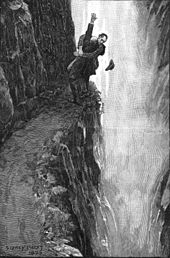
Chadwick is a Holmes aficionado, like so many of us. She has not only found a universe where, unlike ours, Watson and Holmes were real people and not just fictional characters, but she is using that universe as a final test to determine whether her “Tesseract” is fully functional. She and her team picked Holmes’ solution to his problem with Moriarty at Reichenbach as a place where they could observe without contaminating the scene, because of its remote location.
But Skye could not stop herself from jumping out of the tesseract and rescuing Holmes in the very last second. He should have fallen to his death, but he didn’t. She pulled him from the 19th century to the 21st. A time and place he had no business to be.
There was no way to put him back. In his own time he was meant to fall. Returning him to his own universe would change what should have been, and cause serious ripple effects. Not just his universe, but neighboring continuums could collapse.
Is Sherlock Holmes a great enough detective to detect a new life for himself over a century after he should have died? Are his detection skills up to the task of ferreting out an espionage ring determined to sabotage the project that brought him to this strange new future?
Escape Rating A-: The Case of the Displaced Detective: The Arrival is so damn much fun that I couldn’t stop reading the series. I swept right on through the first three books one right after the other. I only stopped because I want to savor the last one.
The author’s solution for slight variations in Holmes’ personality is sheer genius. There are differences. He is still the brilliant and calculatingly observant detective of the stories. That shines through every time he is on the page. But he also evolves past the “thinking machine” of Conan Doyle’s fiction. Partly, that’s because Ms. Osborn expressly made her Holmes a living person from the beginning, and partly because her Holmes is from a different universe and is similar but not exactly the same as the literary figure in our universe. She gave herself license for him to be different. It works for me.
Holmes wouldn’t be Holmes without a case to be solved. Here, there are effectively two. One is simply Holmes studying how to adapt to the place and time he finds himself. His universe has changed a lot from London in the 1890s to 21st century Colorado. On the other hand, human nature hasn’t evolved a bit, and the tesseract has way too much potential as a weapon or for nefarious gain. When a plot to sabotage the tesseract is discovered, it seems natural that Holmes becomes part of the team to thwart that sabotage.
Of course, Holmes must have a “Watson”. In this story, that Watson is Dr. Skye Chadwick. That they gravitate towards each other seems inevitable, but Skye is a good choice. Unlike Watson, Skye is a mirror for Holmes, both are brilliant, but each in their own sphere. And both have tragedy in their pasts, even if Holmes’ tragedy is seemingly of Skye’s making; she pulled him out of his own time, but if she hadn’t, he’d be dead.
There’s an inevitable comparison to Laurie R. King’s Holmes/Russell series, starting with A Beekeeper’s Apprentice. King made her Holmes both a living person and started her series after the final Conan Doyle story, so she didn’t conflict with the Canon. Different approach, and I adore those too. If you like Mary Russell, give Skye Chadwick a try.








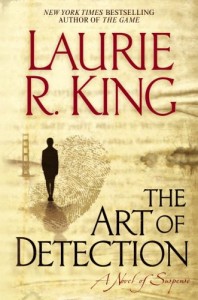


![STSmall_thumb[2]_thumb](https://www.readingreality.net/wp-content/uploads/2012/09/STSmall_thumb2_thumb1-300x170.png)
